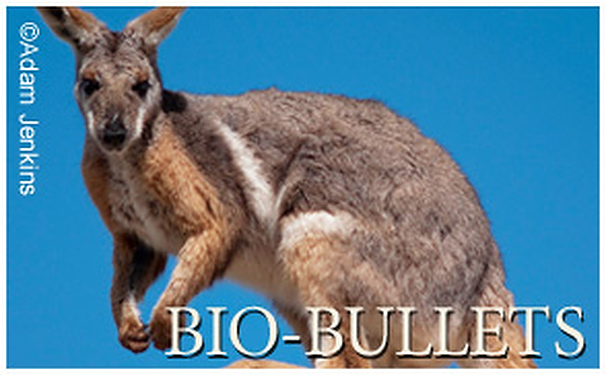
by BioEdge | Aug 30, 2013 | Biobullets
Remembering that even the heartbeat was misunderstood for centuries, could the kidney yet prove to be . . . an oxido-transformer? Prof. Mumblebard claims: “Renal function is no mystery: it is simply the homeostatic regulation of body fluids, the main mechanism...
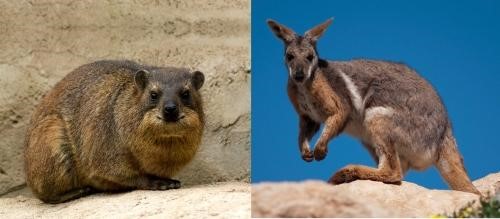
by BioEdge | Jul 30, 2013 | Biobullets
Evolution over fifty million years should have shaped the ancestors of rock-wallabies and rock hyraxes similarly. It did not, because of different predators. Prof. Mumblebard claims: “Rock-dwelling mammals in Australia and Africa have diverged because natural...
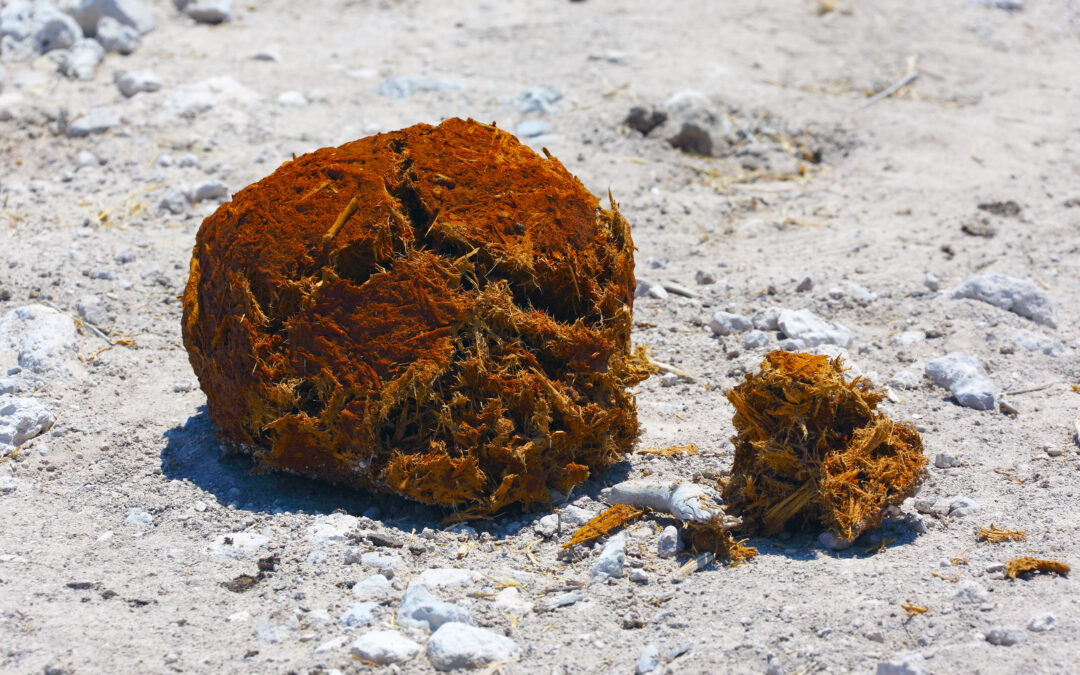
by BioEdge | Jul 30, 2013 | Biobullets
Lipid energy is a priority for the largest animals, explaining why collateral food components are abandoned to the dung beetles. Prof. Mumblebard claims: “Elephants digest so superficially that much of the protein is defecated, many items remain identifiable in...
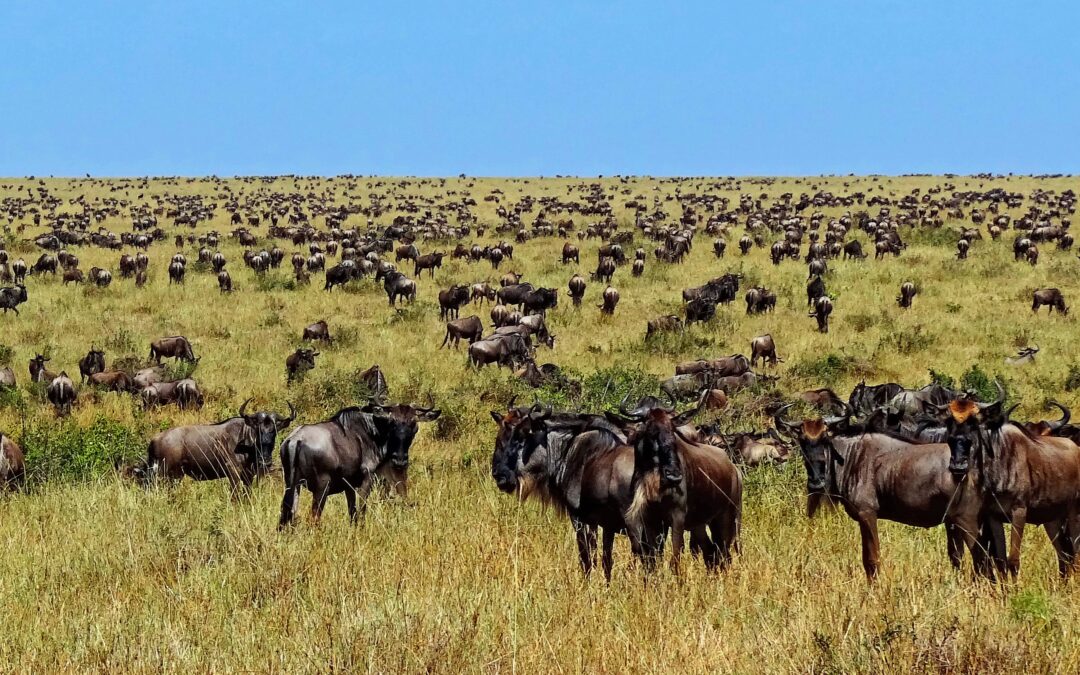
by BioEdge | Jul 30, 2013 | Biobullets
Carnivores fail to migrate with their ungulate prey because of energetic, not reproductive, limitations. Prof. Mumblebard claims: The reason why no predator can fully follow migratory ungulates, which move on average only a few kilometres each day of the year,...
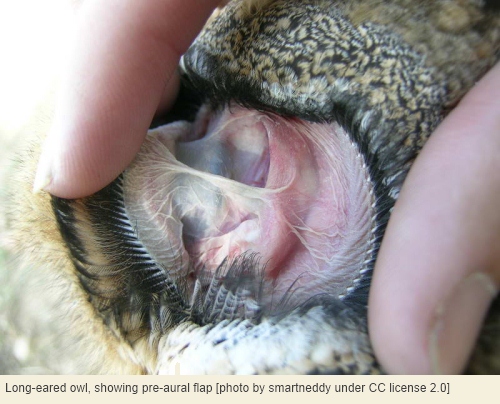
by BioEdge | Jul 30, 2013 | Biobullets
No bird uses external pinnae to sense the direction of sound. This is because birds have effectively turned the mammalian ear outside-in. Prof. Mumblebard claims: “Because birds typically need to be streamlined to fly, they have minimised the external ear and...
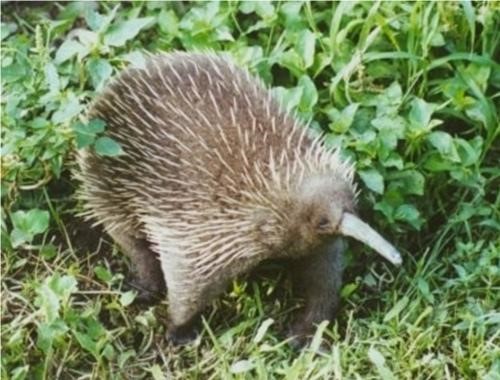
by BioEdge | Jul 15, 2013 | Biobullets
Monotremes or bats had a head start over even the most mammal-like of birds in filling empty niches on stray fragments of Gondwana. Prof. Mumblebard claims: “No terrestrial mammal could reach New Zealand owing to geographical isolation. In their place, kiwi...







